What is the Raw Food Diet and how does it work?
We track the rise of raw food diet, as well as break down the different raw food diet plans and recipes, thanks to Laura Wilson, author of The Alkaline 5 Diet.
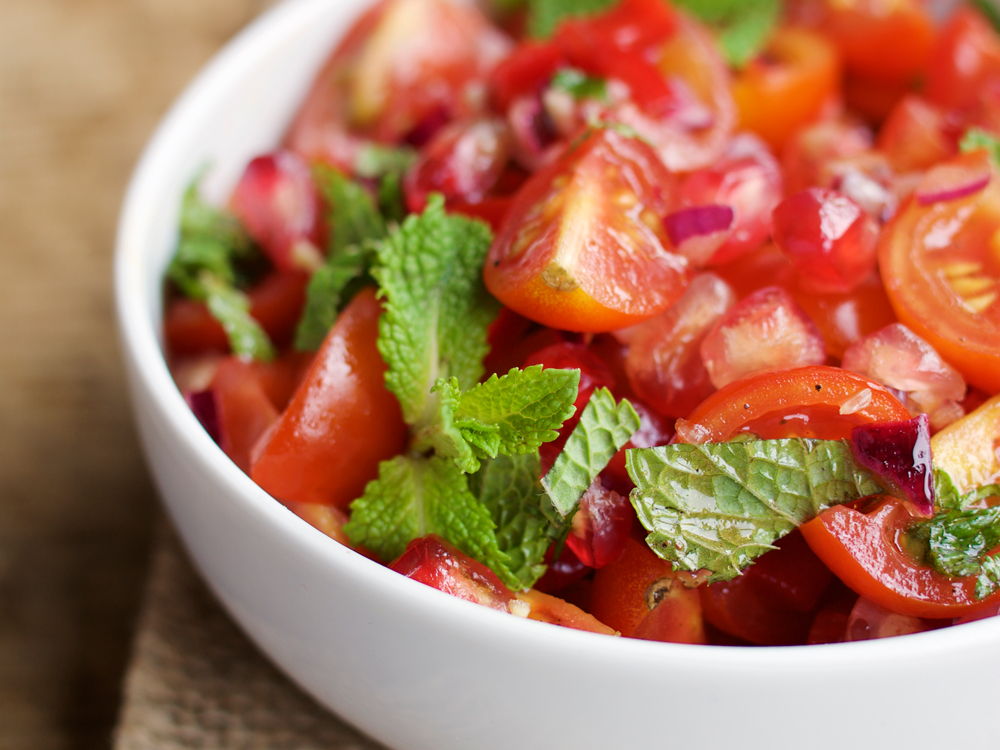
We track the rise of raw food diet, as well as break down the different raw food diet plans and recipes, thanks to Laura Wilson, author of The Alkaline 5 Diet
Raw food diets, and in particular raw veganism (since it’s rare to eat raw animal products), have gained a lot of momentum over the past 20 years. People such as Gabriel Cousens, Douglas Graham and Mimi Kirk have been instrumental in bringing the benefits of a raw diet into the spotlight, with their groundbreaking books.
Raw food blogs, radio shows and magazines are growing in number at a great rate and raw vegan and gourmet raw restaurants and cooking classes are popping up all over the place.
The term ‘raw vegan’ itself has gone from being associated with tie-dye-wearing, angry, animal rights activists to being more mainstream and trendy as well as being associated with high-status celebrities and city professionals.
Within the raw food movement, there are many different sub-groups and preferences – 100 per cent raw, gourmet raw, high raw, high-carb raw and RawTill4 being the most notable.
What do you eat on a Raw Food Diet?
I’ve met hardcore meat fans who simply can’t imagine anything remotely palatable that hasn’t been cooked. They are convinced that they’d starve on a raw diet – mainly because they think that all they can eat is lettuce and apples. Speaking as a long-term high-raw vegan, I can say that this couldn’t be further from the truth and, with a little creativity, raw food opens up a whole new and wonderful eating experience.
On a raw food diet, you can only eat unprocessed foods that haven't been heated above 46 degrees. It's believed that foods lose their nutritional value once they are cooked above this temperature, but provide valuable living enzymes in their natural state.
Marie Claire Newsletter
Celebrity news, beauty, fashion advice, and fascinating features, delivered straight to your inbox!
Raw food can be as simple as eating ‘mono-meals’ of fruit – such as a plate of six oranges or five mangoes or a few pounds of strawberries or blueberries. Or, it can be as complicated and fancy as a raw cacao torte and whipped cashew cream or a spinach, tomato and mushroom quiche.
Personally, I like to keep it quite simple and throw together things like green smoothies and large salads.
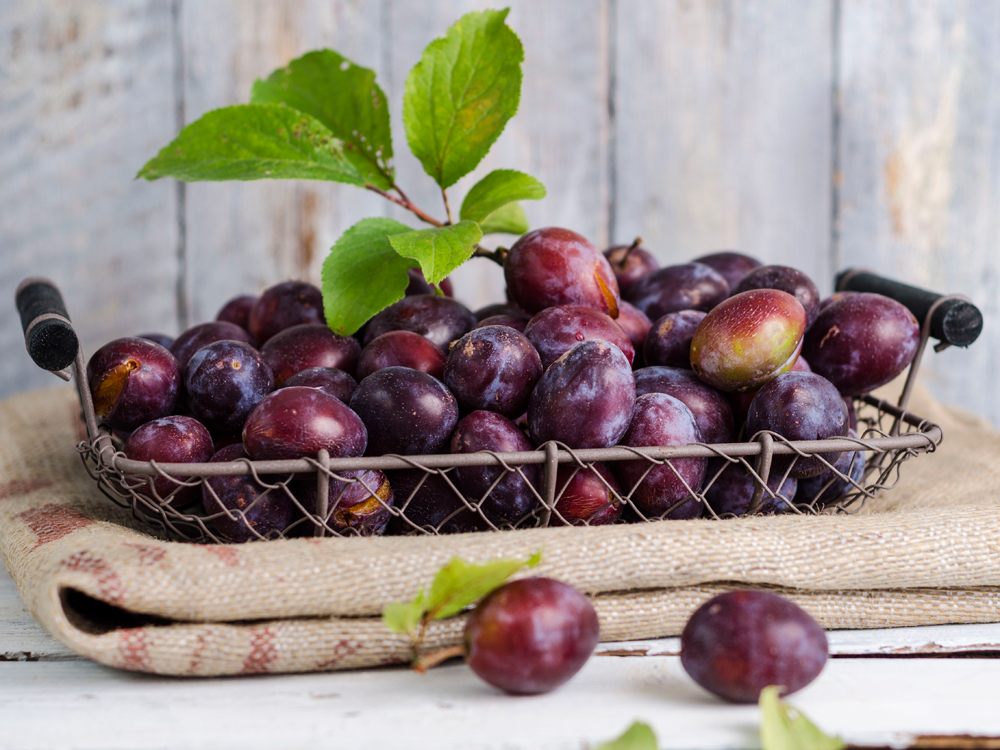
Raw Food Diet recipes
Below are a couple of simple raw food diet recipes that you can prepare in under ten minutes. They are both packed full of nutrients and live plant enzymes that your body can use to regenerate its cells and give you maximum nourishment.
Banana Green Smoothie 5 very ripe bananas (with brown spots on their skin) 1 large handful of spinach 150ml water Add ingredients to a blender, blend and serve. Serves 1 (500 calories)
Creamy Avocado, Kale and Tomato Salad 2 large handfuls of kale, chopped 1 medium avocado 2 tomatoes, chopped 1 lime, juiced 1 tsp agave syrup ½ tsp paprika Pinch black pepper Add all ingredients into a large mixing bowl, massage so that all the kale is evenly coated with the avocado mix. Serve Makes 1-2 servings (300 calories total)
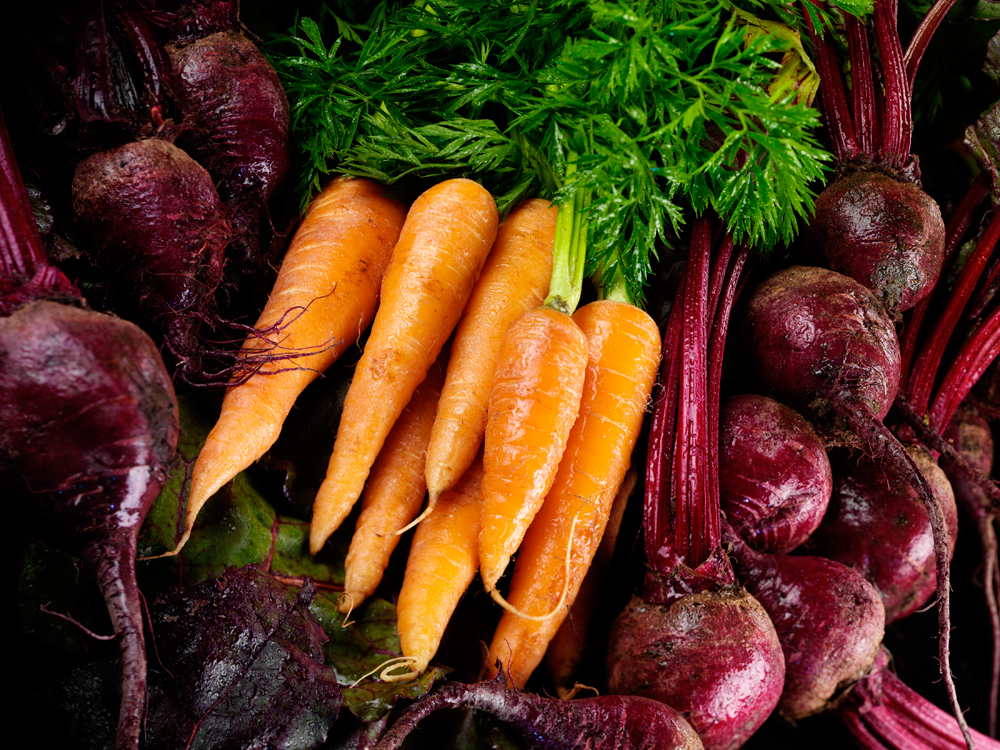
What are the Raw Food Diet benefits?
To a large extent, the growing hype around raw food, and specifically strictly raw vegan food, is justified. Even when we eat home-made nutritious food, the process of cooking can cause it to lose up to 80 per cent of its nutrients, whereas eating it raw means that we retain all of the wonderful live enzymes and vitamins and minerals that the food contains.
Certainly, eating an abundance of fresh fruits and vegetables can really do wonders for your health and waistline. On top of that, raw veganism is great for the planet and animals, as well your wellbeing. It’s a well-documented fact that the number-one cause of the world’s pollution and depleting resources is from the industries directly associated with cooked food – in particular, factory farming and fast-food.
Nutritional therapist Lorna Driver-Davies of The Nutri-Centre shared the pros and cons with us:
Pros
1. Raw foods may contain more vitamins, minerals and enzymes because they haven't been heated - this keeps the nutrients intact.
2. Many people report more energy on raw food diets because of the improved nutrient content.
3. The diet is a good way of avoiding unhealthy foods by default, as lots of cooked foods can be bad for you.
4. A raw food diet promotes the consumption of more fruit and vegetables.
5. Many people have trouble digesting cooked food and report better digestion on a raw food diet, with less bloating.
6. Many report losing weight easily on raw food diets.
Cons
1. Some people have difficulty digesting raw foods, leaving them feeling bloated and gassy. 2. The diet requires good food preparation skills, including knowing what to buy and how to handle certain ingredients that may require soaking. 3. The diet will be a challenge for those who are time poor, as the recipes often require a lot of preparation. 4. The diet may also force you to buy more expensive kitchen equipment, including high quality blenders, food mixers and seed mills. 5. We have a cool climate in the UK, and the diet may not suit those who would do better with a heated meal. Those with poor circulation may not suit a 100 per cent raw diet. 6. Many fruits and vegetables actually require a little heat to release their nutrients. Tomatoes, for instance, need to be heated to release lycopene (a compound with antioxidant qualities). 7. A raw food diet is usually dairy and meat-free, meaning that you are effectively vegan. You will therefore need to check your B12 and iron levels if you follow this diet for more than 2-3 months. B12 is only available in dairy, meat and fish. Iron is found in nuts, seeds and dark green vegetables but there are higher levels of it in meat. 8. Eating out on this diet may be a challenge. You may need to bring your own food with you, which requires pre-planning.
Which Raw Food Diet is best?
There are very different ways of eating under the heading of ‘raw food’. Here are a brief overview of the main ones:
100% raw food diet
It does what it says on the tin really – you can eat anything, as long as it’s 100 per cent raw, which obviously means that you eat no cooked food whatsoever. So one meal you could be eating a low-fat salad, the next could be a rich and creamy cashew raw lasagne.
Personally, living in a cold climate, I find this too hard to do. I do like a cooked meal at least once a day, especially in the colder months. But, when I went to Thailand I found it extremely easy to eat 100 per cent raw because of the tropical climate and abundance of high-quality and cheap fruit.
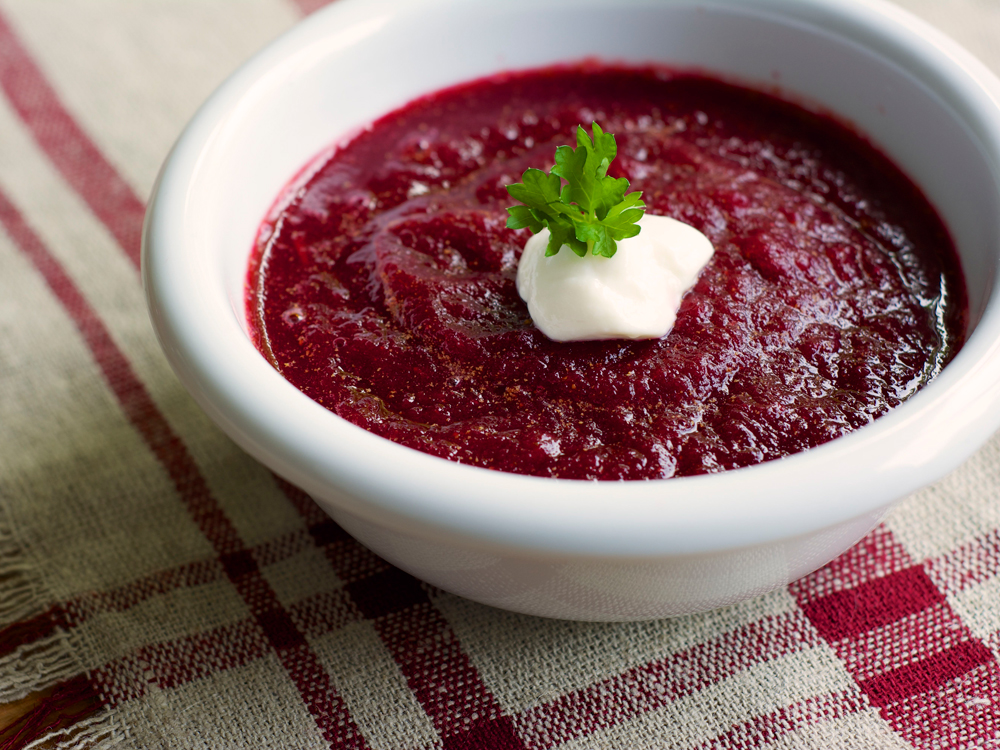
High-Raw diet
This includes some cooked foods. So maybe one meal a day might be cooked and the rest raw. Strictly speaking, if a person eats ‘high raw’, it doesn’t necessarily have to be vegan. Before I went vegan, I used to eat a high raw vegetarian diet for number of years. I have found that going from high raw vegetarian to high raw vegan has made a great difference in my overall health and energy levels.
Gourmet Raw Food Diet
This is the type of food you get in posh and trendy city restaurants. Typically, gourmet raw dishes are not simple, bog-standard fruit and vegetable, fibre-rich foods. They tend to be high-fat and more refined. Think dehydrated flaxseed and garlic crackers or a dense, processed chocolate, nut and coconut oil cake.
While gourmet raw food unquestionably tastes great, there are, in my view, more downsides to upsides in eating this way regularly. Firstly, gourmet raw is expensive; in terms of ingredients cost and preparation time. Secondly, the high fat will make you feel more lethargic and could cause you to gain weight.
When I first went vegan, I ate gourmet raw for a while – replacing cooked grains, potatoes and breads with nuts and seeds. This made me put on weight and lose fitness. When I actually analysed my diet in terms of macronutrient content, I found that over 55% of my daily calories were from fat, which is much too high. This is not unusual with new zealous raw foodies, who want to try every gourmet recipe going. So be careful of this!
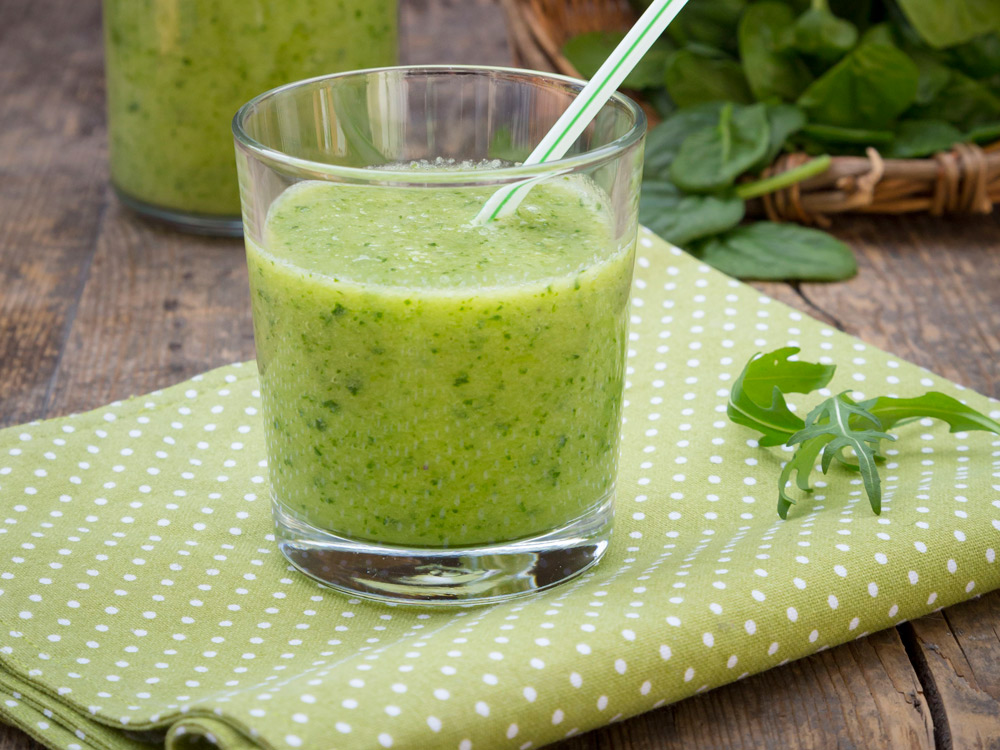
High-carb raw vegan diet
This means 100 per cent raw with high carbohydrate and low fat and low protein. This is in line with Doug Graham’s 80/10/10 protocol and is a great diet to follow, if you can deal with no cooked and warmed food whatsoever.
Raw Till 4 diet
This diet was coined by Freelee ‘The Banana Girl’ and means that you eat low fat raw foods all day and then cooked foods after 4pm. This a great compromise for people who do like a hearty cooked meal in the evenings, as well as raw food. The diet is becoming very popular, especially among young people on a budget, as well as athletes.
I went to the Raw Till 4 Festival in Chiang Mai, Thailand, last year and hung out with 200 other high-carb vegans. Everyone there looked very vibrant, lean, fit and healthy; a great testimony to this way of eating.
The Alkaline 5 Diet
This is similar to high raw and Raw Till 4 but with a focus on including more alkalizing leafy greens, such as kale, spinach and wheatgrass. Alkaline greens are full of chlorophyll, which is very similar to our own blood’s haemoglobin and therefore has regenerative and healing properties, as well as being energising and weight-regulating. You also eat five specific meals per day, which means that it is easy to get the correct balance of nutrients in highly tasty forms every day.
The Alkaline 5 Diet: Lose Weight, Heal Your Health Problems and Feel Amazing, by Laura Wilson, is out now
The leading destination for fashion, beauty, shopping and finger-on-the-pulse views on the latest issues. Marie Claire's travel content helps you delight in discovering new destinations around the globe, offering a unique – and sometimes unchartered – travel experience. From new hotel openings to the destinations tipped to take over our travel calendars, this iconic name has it covered.
-
 This is not a drill: you can now shop Alexa Chung's actual wardrobe on Vinted
This is not a drill: you can now shop Alexa Chung's actual wardrobe on VintedOwn a piece of sartorial history
By Penny Goldstone
-
 New Look’s spring collection has dropped—as a picky fashion editor, I’m seriously impressed
New Look’s spring collection has dropped—as a picky fashion editor, I’m seriously impressedSpring trends at affordable prices
By Jazzria Harris
-
 I'm the founder of an ethical brand marketplace - why, in the wake of tariff-gate, protecting independent businesses is more important than ever
I'm the founder of an ethical brand marketplace - why, in the wake of tariff-gate, protecting independent businesses is more important than everThis Earth Day, the founder of Wolf & Badger shares why protecting sustainable brands is so pivotal.
By Ally Head